Towering along the southwestern edge of Cambodia, the Cardamom (or Ban That) Mountains are visible throughout Trat province’s thin southeastern tail and its many beaches spread along the Eastern Gulf coast in Thailand. Three decades ago, those jungle-draped slopes marked the fringe of a war zone.
On a beach in this quiet corner of Thailand, we met some of the people cleaning up the dangerous mess left behind by the fighting that engulfed Cambodia and often spilled into Thailand from the late 1970s to the early ‘90s. Nowadays, when travelers hang out on Ko Chang and other islands in Trat province, I wonder how many of them realize that things were not always so peaceful in the area.
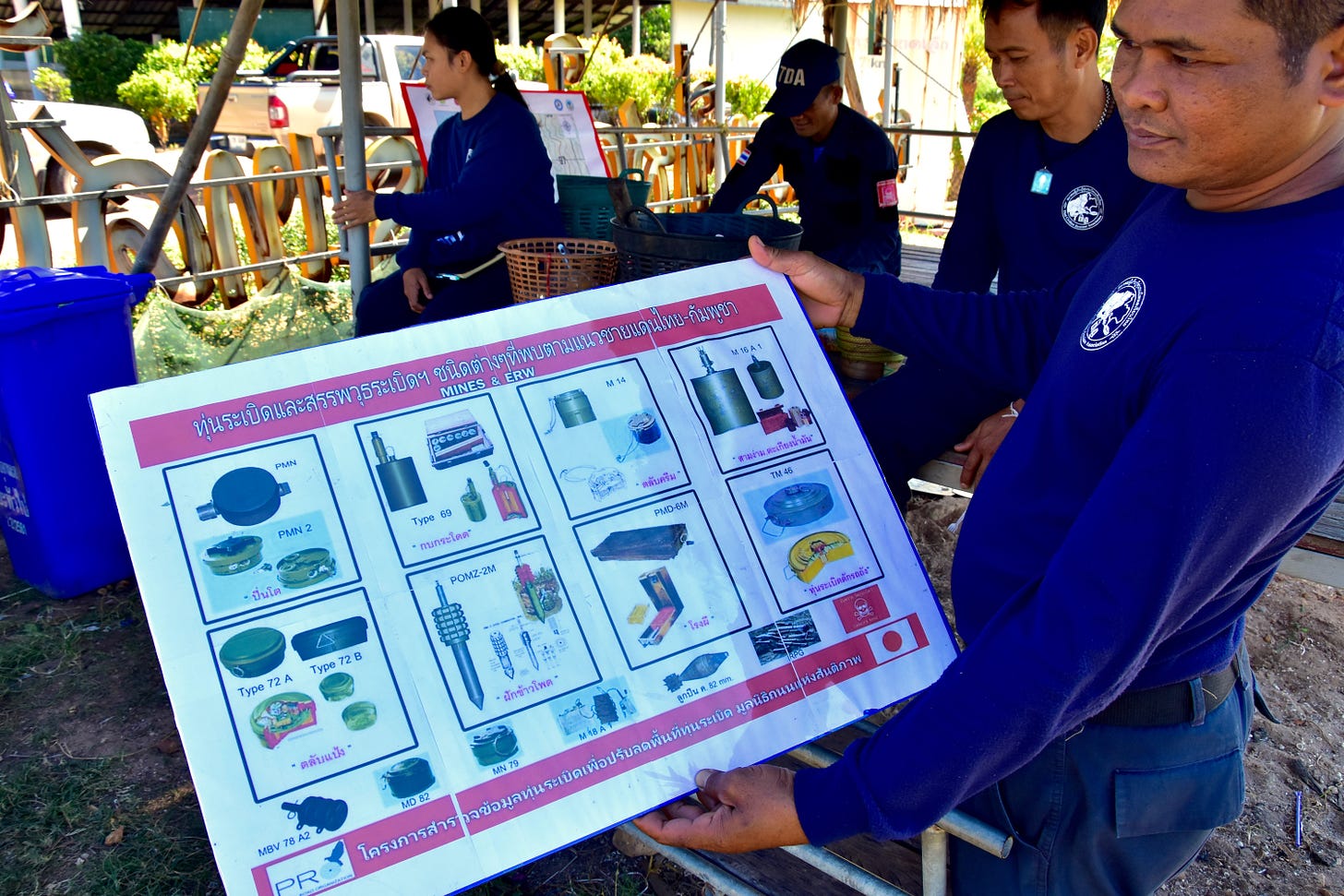
A bunker by the border
Both the Eastern Thai seaboard and Trat province’s 70-km tail or ‘panhandle’ end at Ban Hat Lek, ‘Small Beach Village.’ With little more than a market and a block of houses, this is a quaint outpost compared to the border city of Aranyaprathet further north. We drove up to the checkpoint to snap a photo before turning around, but not before a Thai guard in fatigues asked us to explain this maneuver.
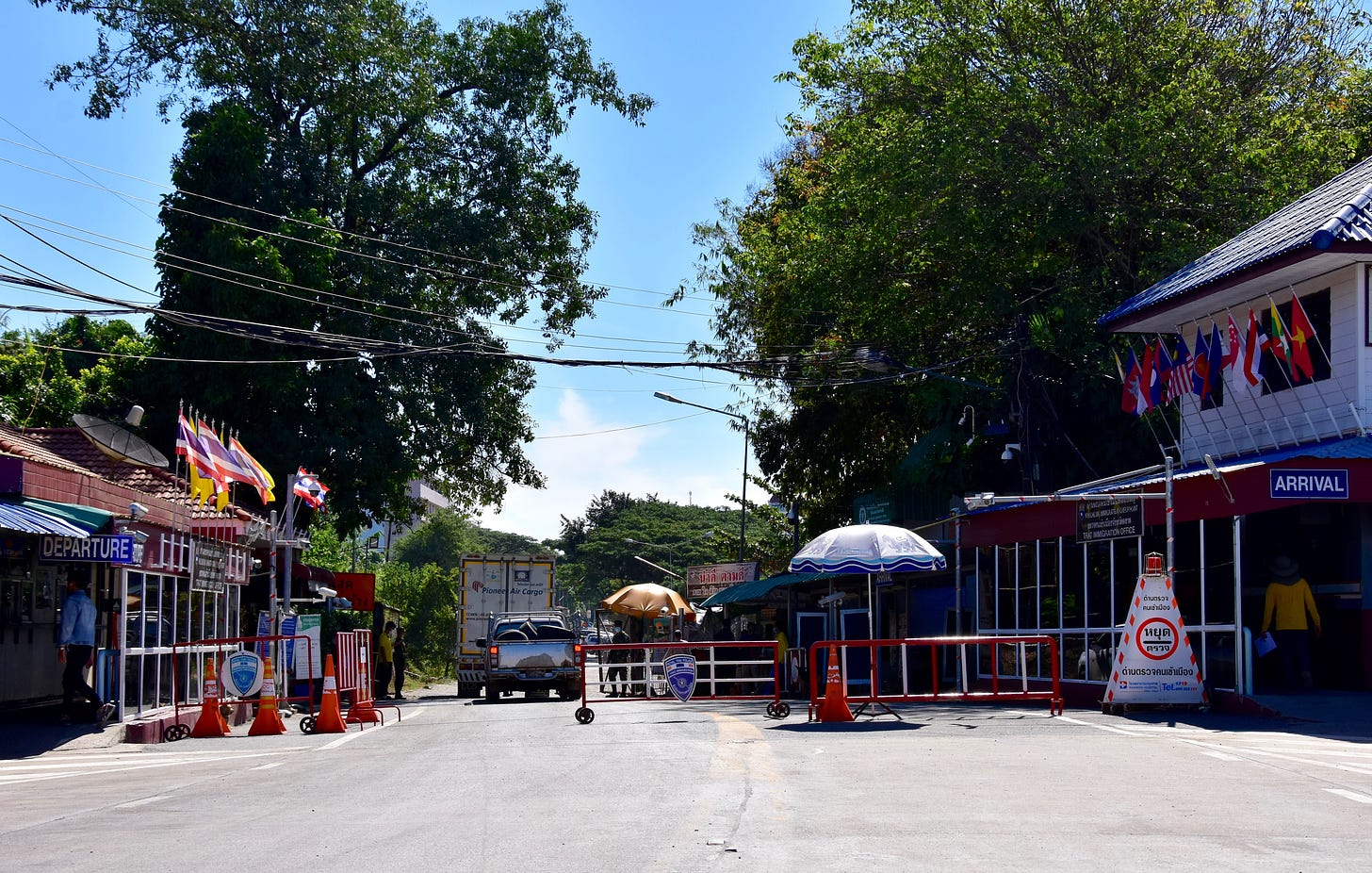
It was the middle of the pandemic, and the guard looked surprised to see anyone, let alone a foreigner, approaching the border. He gave us a nod of approval as we parked nearby. We peered at trays of sun-drying fish before descending a hill to spend a few minutes enjoying a sea breeze at Hat Lek. It’s hard to believe that an international border crossing is named after this scraggly, 40-meter stretch of sand.
From the end of the adjacent pier, we could see part of the more bustling town of Koh Kong over on the Cambodian side. Before the pandemic, quite a few foreign travelers used this crossing to access Sihanoukville and islands like Ko Rong in Cambodia; or, if coming in the other direction, Ko Chang and its neighbors in Thailand. Some of those living on the Thai side have Khmer in their blood and dialect.
The vibe at Hat Lek was serene. It didn’t used to be like this.
Near a shrine to King Taksin we came across the sandbagged remains of a bunker where monks and other villagers took shelter from mortar fire during the 1980s. Back then, Cambodian and Vietnamese troops routinely shelled Khmer Rouge insurgents who were dug into the rugged border regions. Visible all the way from Ko Chang, some of those explosives fell on the Hat Lek area.
The Thai government backed the Khmer Rouge, viewing the Vietnamese as adversaries due in part to raids by Vietnamese soldiers that often spilled over to the Thai side of the border. Thailand’s support for the Khmer Rouge, perpetrators of one the 20th century’s worst genocides, was knotted into a wider conflict with communist Vietnam. Years earlier, communism-weary Thailand provided airfields and troop deployments for the US-led side of the American War in Vietnam.
While firepower stopped falling from the sky decades ago, thousands of landmines and other unexploded ordinances still maim and kill people in the region.
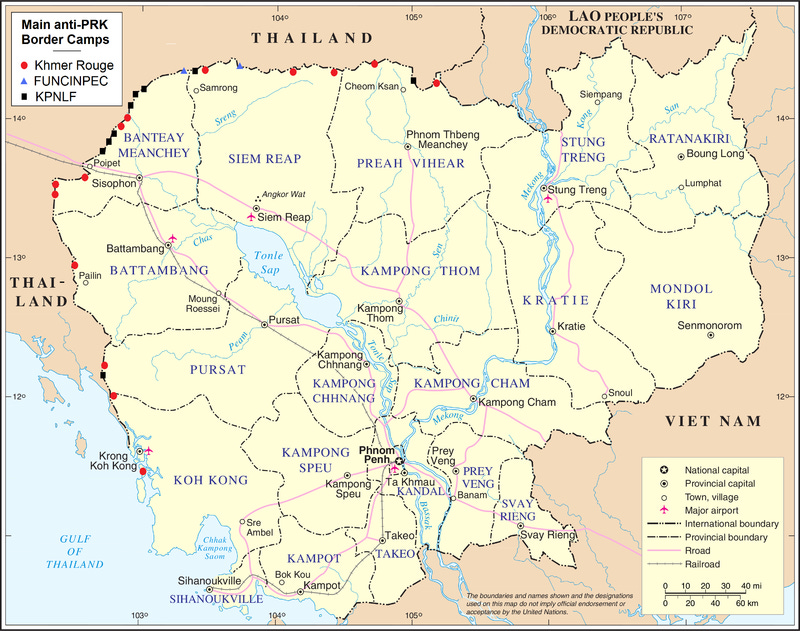
The demining team
We caught up with a team of Thai civilians tasked with locating, diffusing and disposing of unexploded ordinances, as they broke for lunch at the tiny beachfront village of Ban Khlong Nam. They’re some of the foot soldiers in Thailand’s campaign to rid its territory of the many landmines laid last century.
“We’re almost finished with a three-month demining trip,” explained Mr. Tripob Trimanka, a field manager for the non-profit Thai Civilian Deminer Association (TDA). “We started along the borders in the Northeast and then moved into this area. Tonight we’re sleeping in a temple in Khlong Yai up the road.”
He told us how the demining process starts by interviewing local people to see if they’ve found any old explosives. “Then we go look around for those and any other mines that might be there,” he continued. “The mountains are very steep and the jungle is thick. It takes a long time to cover a small area.”
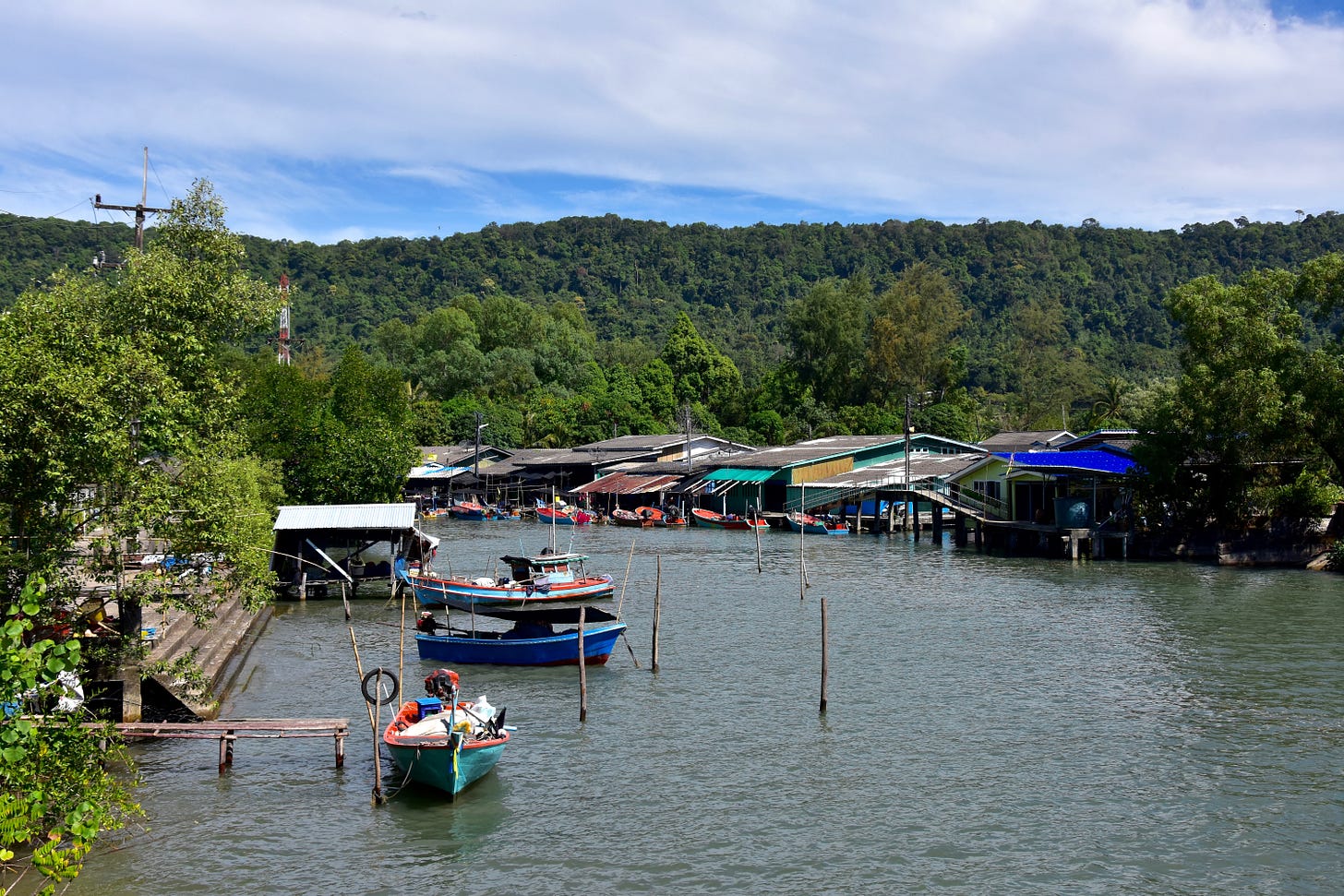
The team uses red markers to tag any landmines they find, usually with the help of metal detectors. From that point, a heavily armored explosive disposal unit sweeps through to defuse the devices by hand and remove them from the forest. Requiring a detailed survey of every square meter covered, it’s grueling work.
The TDA was able to locate and safely dispose of 4,643 unexploded ordinances — landmines as well as grenades and other discarded explosives — from mid 2019 through the end of 2020. Most of the 785,461 square meters rendered safe by the TDA over that timespan are in the lower Northeast, but 142 landmines were also found on 28,444 square meters of the mountains near the Trat coast.
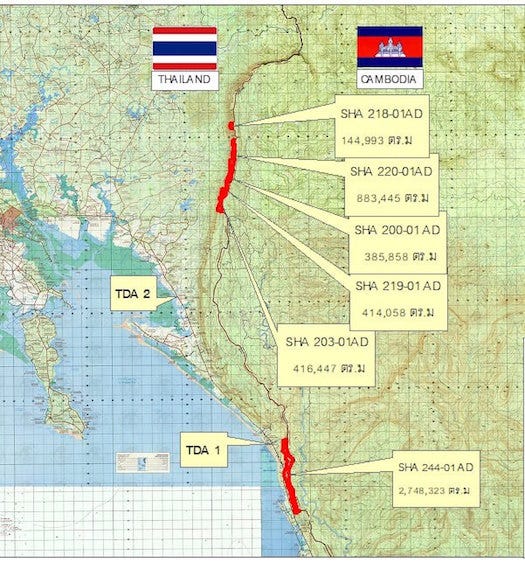
It will take the TDA and related groups many more years, if not decades, to remove all explosives from the jungle. Thai deminers do get injured, and some 4,000 people have been killed by unexploded ordinances in Thailand, according to a Bangkok Post report. In August 2020, landmines killed a woman in Surin and badly hurt a man in Sisaket. Both were looking for wild mushrooms to eat. (In fact, Thailand’s toll from landmines is only a fraction of that endured by Cambodia and Laos.)
Hailing from Sisaket and Ubon Ratchathani in the Northeast, the team kept the mood light as they chatted with us. “Trat doesn’t have enough papayas to satisfy our appetite for som tam,” joked one of them. But the danger is never far away.
“I keep this picture of my mother and father with me all the time,” said another team member, pointing to a locket hung around his neck. “Just in case.”
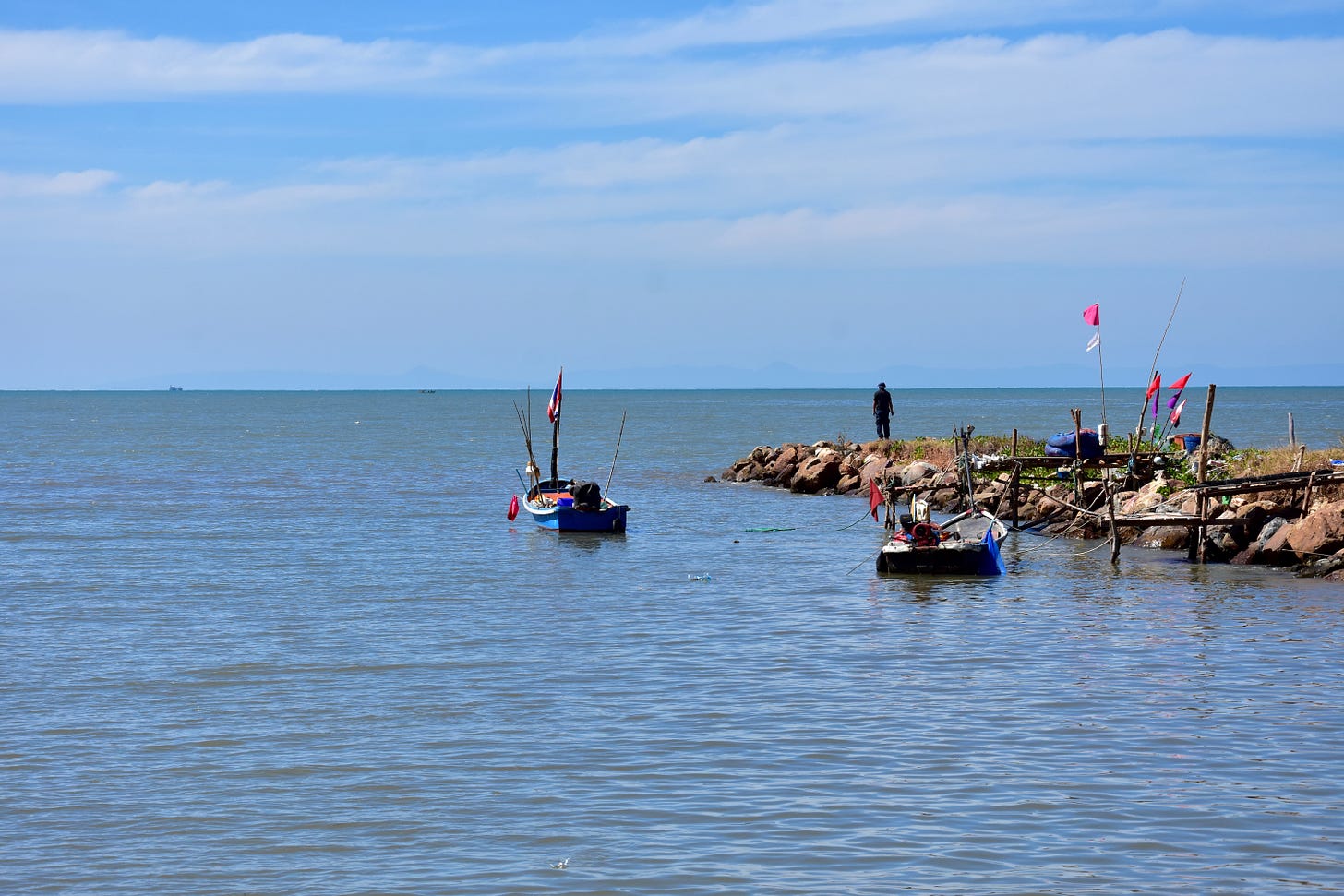
With the end of the team’s deployment approaching, Mr. Tripob was looking forward to some down time. “I love islands,” he said after I told him about what Chin and I had been up to. “When I get some time off, I want to go back to Ko Kood to do some kayaking again.” If he made it there, that was one well-earned holiday. 🌴




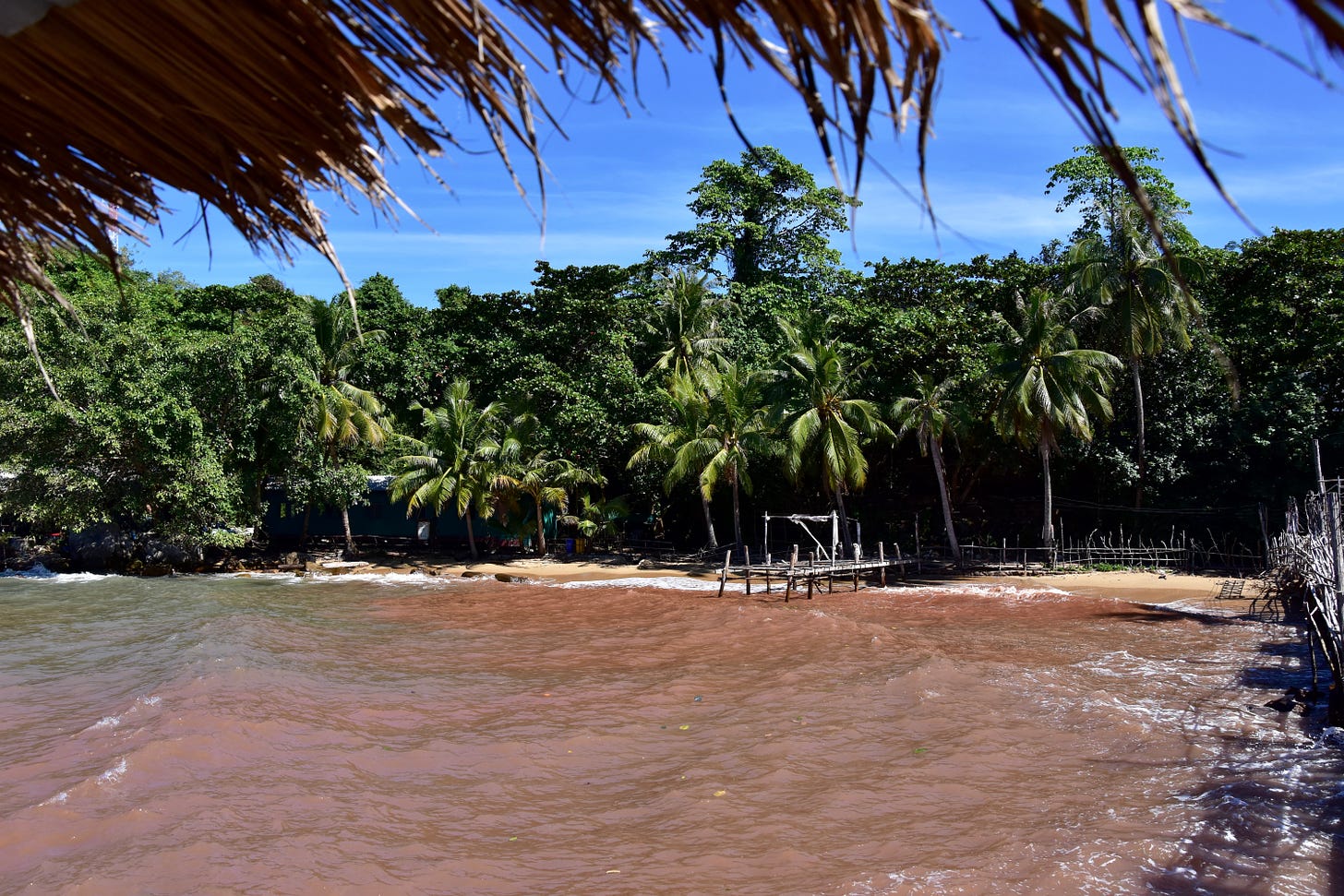
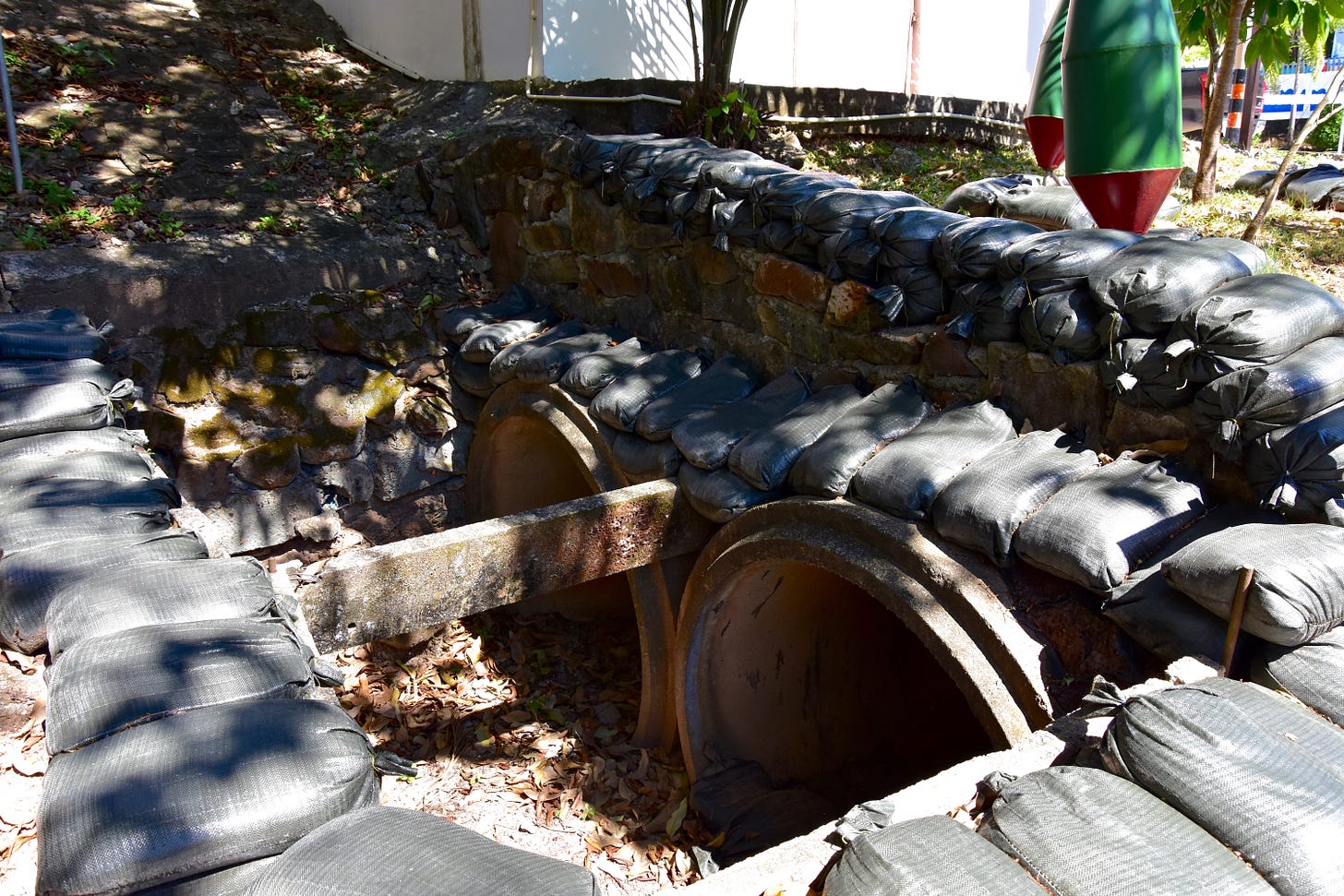
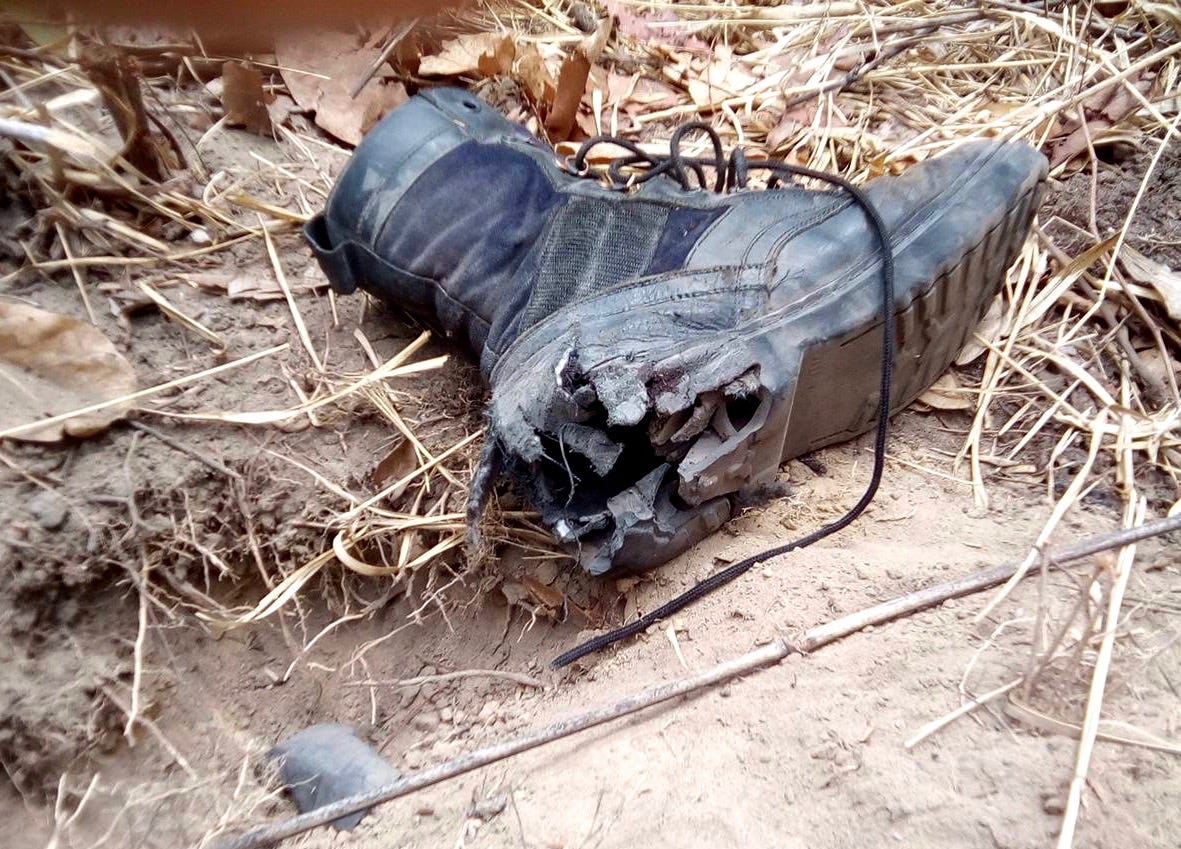
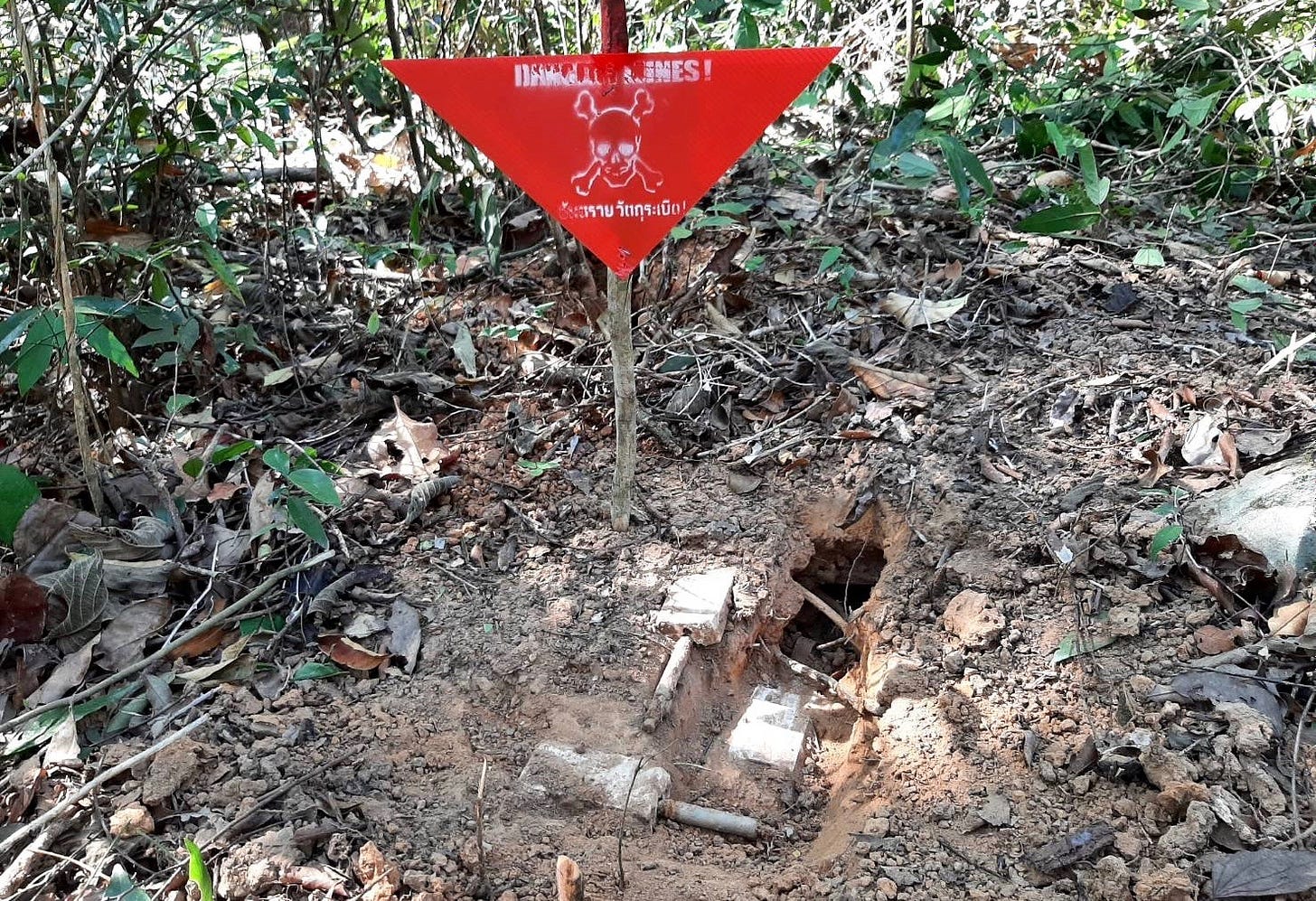
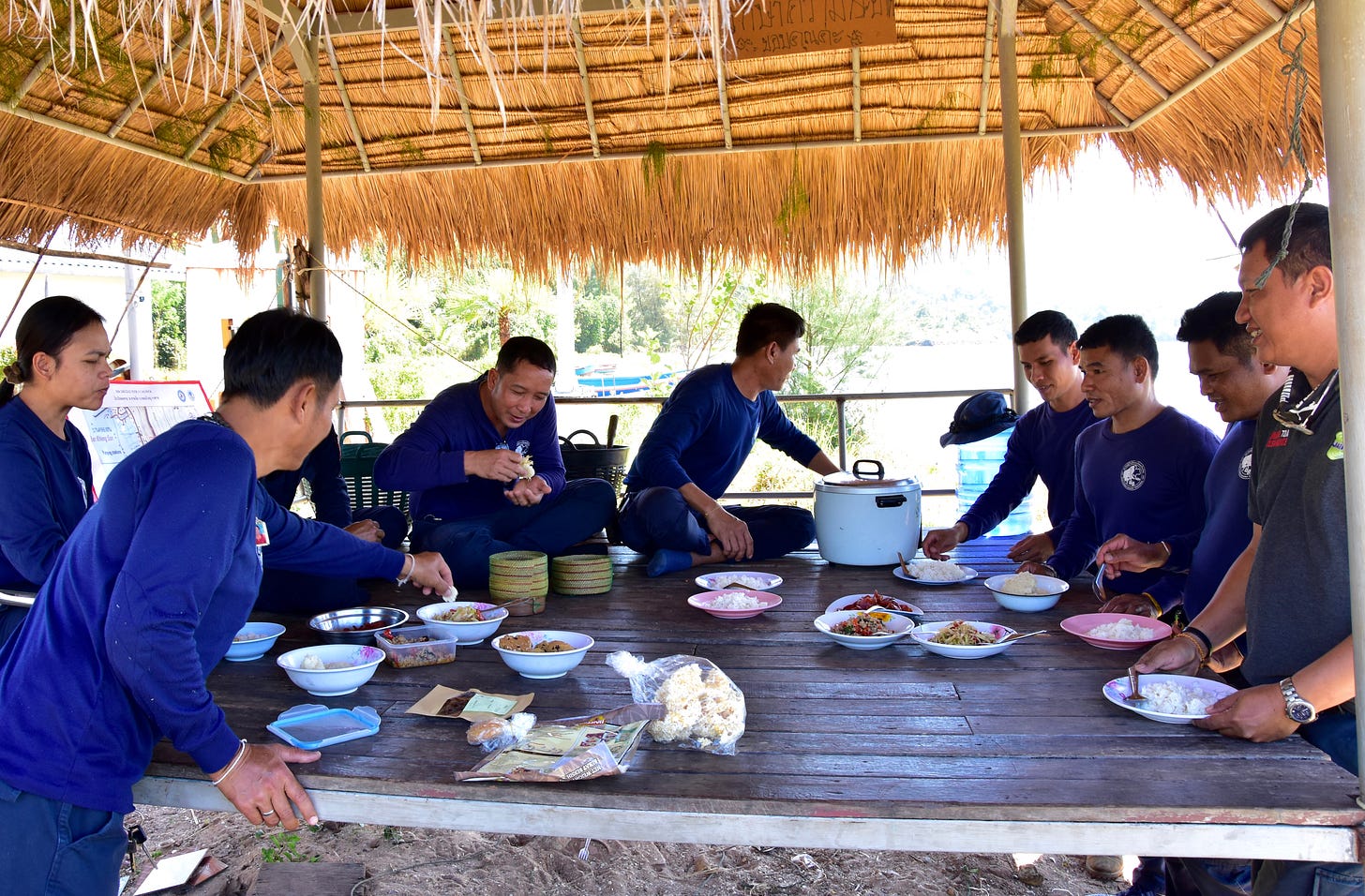
Very grateful for the people doing this dangerous and dirty work. Kawp khun mak khrap.
I cannot come up with the word to express how this made me feel...horrified, of course, that "clean-up" has to happen at all...admiration for the team and their harrowing work, sadness that war's end isn't really war's end. Thank you for the post.